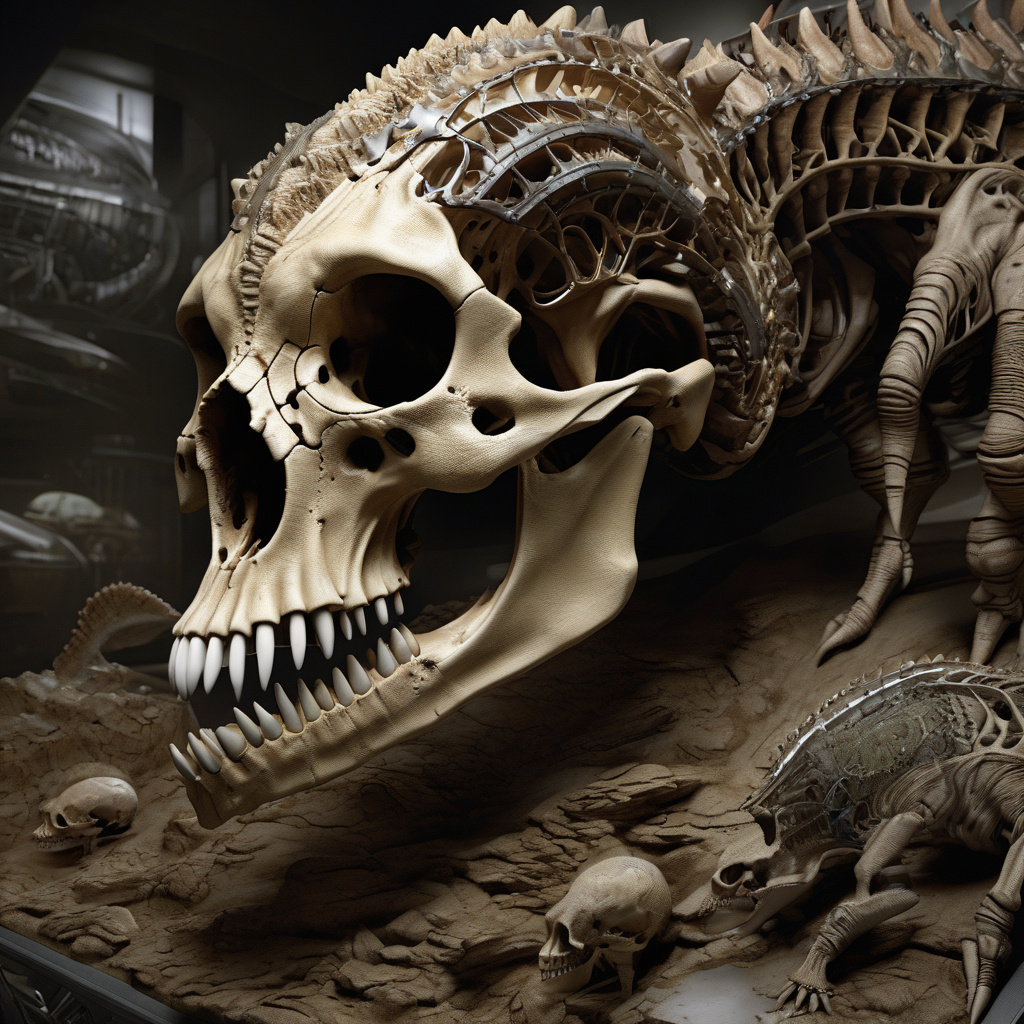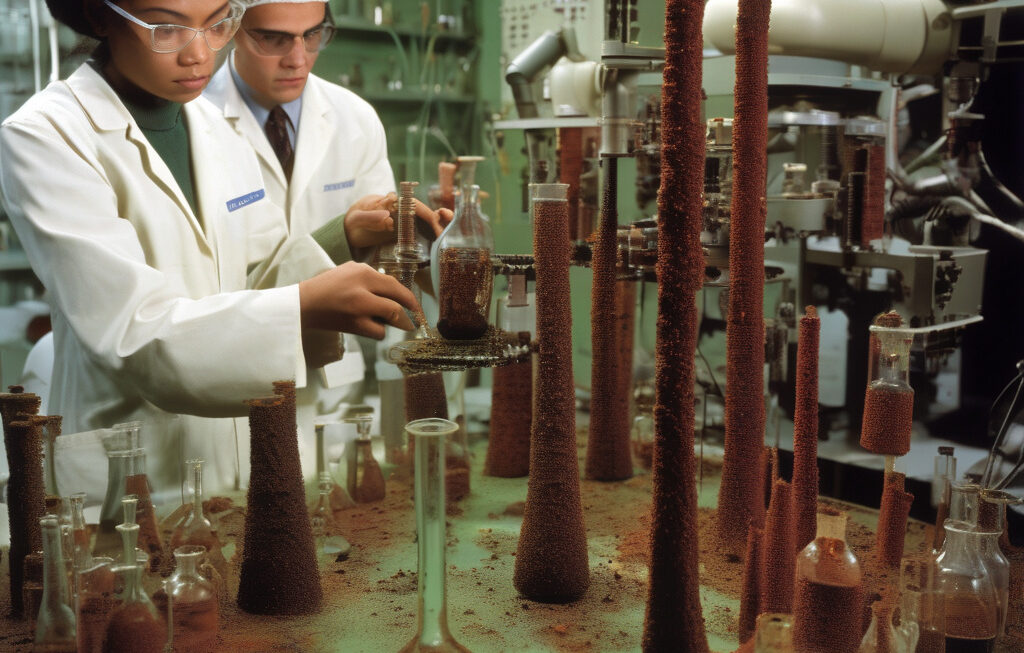150-million-year-old Skull: The Best Preserved Fossil of an Armored Dinosaur in Europe
Of the many odd dinosaurs that once lived, stegosaurs stand out as bulky plant-eaters adorned with impressive rows of bony plates and spikes along their backs. These fascinating creatures roamed the Earth during the Jurassic Period, around 150 million years ago, leaving behind a legacy of awe-inspiring fossils that continue to captivate paleontologists and enthusiasts alike. Recently, a remarkable discovery has taken center stage in the world of paleontology – the unearthing of the best-preserved fossil of an armored dinosaur in Europe.
The newfound treasure, a 150-million-year-old skull belonging to an armored dinosaur, has sent ripples of excitement through the scientific community. The fossil was unearthed in the village of Sireuil in southwestern France, a region known for its rich paleontological heritage. What sets this discovery apart is not only its exceptional level of preservation but also the insights it offers into the anatomy and behavior of these ancient reptiles.
Stegosaurs, characterized by their distinctive plates and spikes, were equipped with formidable armor that likely served both defensive and thermoregulatory purposes. The intricate details preserved in the newly found skull provide researchers with a rare opportunity to study the sensory capabilities, feeding habits, and possibly even the social dynamics of these enigmatic creatures. By analyzing the skull’s structure and morphology, scientists hope to unravel the mysteries surrounding the life of this armored dinosaur and gain valuable clues about its place in the prehistoric ecosystem.
The significance of this discovery extends beyond the realm of paleontology, offering a glimpse into the ancient past that has the potential to reshape our understanding of dinosaur evolution. As technology advances and scientific techniques become more sophisticated, researchers can extract a wealth of information from fossils that were previously inaccessible. The study of dinosaurs, once confined to dusty museum collections and fragmented bones, has now entered a new era of discovery, fueled by cutting-edge tools and interdisciplinary collaboration.
In addition to its scientific value, the best-preserved fossil of an armored dinosaur in Europe serves as a testament to the importance of preserving our natural heritage. Fossils provide a window into the distant past, allowing us to connect with the wonders of evolution and the diversity of life that once flourished on Earth. By safeguarding these irreplaceable treasures, we ensure that future generations can continue to learn from and be inspired by the marvels of the ancient world.
As the excavation and analysis of the 150-million-year-old armored dinosaur skull progress, the possibilities for new revelations and groundbreaking insights are endless. Each fragment of bone, every microscopic detail, has the potential to unveil a piece of the puzzle and bring us closer to unraveling the mysteries of the past. The journey of discovery is ongoing, and with each fossil unearthed, we move one step closer to illuminating the hidden chapters of Earth’s history.
The best-preserved fossil of an armored dinosaur in Europe stands as a testament to the enduring allure of paleontology and the boundless wonders waiting to be revealed beneath the surface. Through meticulous research, innovative techniques, and a passion for exploration, scientists continue to push the boundaries of knowledge, shedding light on the ancient giants that once roamed our planet. The 150-million-year-old skull is not just a fossil; it is a gateway to a world long gone, a tangible link to a bygone era that continues to captivate and inspire us today.
paleontology, armoreddinosaur, fossil, discovery, Europe












